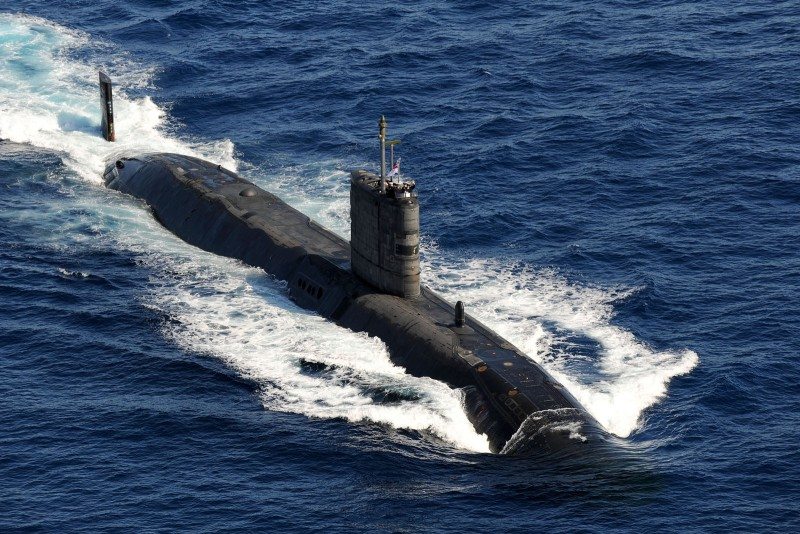The Royal Navy faces a shortage of attack submarines because of decisions taken in the Government’s Strategic Defence and Security Review.
That is the conclusion of the National Audit Office which says delays to the new Astute class would leave the Navy without sufficient submarines for operations over part of the next decade, while adding £200 million to the cost of the programme.
The NAO said decisions taken by the Ministry of Defence to balance its budget in the short term following the SDSR had contributed to a £466 million increase in the cost of the 15 largest equipment projects over the past year.
The programme to build the seven planned Astute boats was slowed to avoid a “production gap” in the submarine industry following the decision in the SDSR to delay the replacement of the Trident nuclear deterrent fleet until late 2028.
As a result, the Astute programme will take an additional eight years to complete – an average delay of two years and four months per boat, with each of the remaining submarines taking over a decade to build.
“By extending the Astute build programme, the department will have to use older boats beyond their out-of-service dates, work the smaller fleet of Astute submarines harder, or reduce scheduled activity for submarines,” the NAO said.
“Therefore, the department is currently reporting that the Astute class submarines will not meet the Royal Navy’s requirement for sufficient numbers of submarines to be available for operations over part of the next decade.”
At the same time, the NAO said the latest cost increases meant the programme was £1.9 billion over the original 1997 figure when the requirement was for eight boats.
“Had the department avoided cost increases on the Astute class … it could have built an additional submarine for less than the cost the department is currently forecasting to build seven boats,” the NAO said.
Overall, the NAO said that “central planning decisions” by the MOD had accounted for a net increase of £237 billion to the cost of the 15 largest projects – including an additional £113 million on enhancing equipment capabilities.
The forecast cost of all major projects approved since 2000 has risen by £10.6 billion – an 11.4% increase – while delays have risen by 30 months, an average of two months per project, bringing total delays to almost 27 years.
However the NAO estimated that the increase would have been up to £19.4 billion if had not been for cuts to the programme.
The head of the NAO, Amyas Morse, said it was “welcome news” that the MOD was finally taking action to balance its books in the long term but questioned the way it was going about it.
“The MOD has been hampered by a legacy of poor planning and performance on some past projects, and the resulting cuts and delays are not value for money,” he said.
Margaret Hodge, the chairman of the Commons Public Accounts Committee which oversees the work of the NAO, said: “Short-term measures to balance the budget account for a significant cost increase on these projects during 2010-11.
“Delaying projects and reducing what they deliver are not sensible ways to invest in defence capability.”
Defence Secretary Philip Hammond said that while progress had been made in dealing with the problems of the equipment programme, more needed to be done.
“We have got a grip on the equipment programme through the difficult decisions taken in the SDSR and radical reform of the department,” he said.
“The trend of vast cost increases seen under the last government has been halted. The 0.9% overall increase this year is still too much, but it is seven times lower than the last year of the previous administration.”
Mr Hammond said the MOD still could not have afforded an eighth Astute submarine, even if the programme had not been slowed as a consequence of the delays to Trident renewal.
“Once build and through life costs are taken into account, an extra boat would cost £1.4 billion – more than stretching the programme has cost,” he said.
The MOD said that it would ensure attack submarines were available for operations by extending the life of the older Trafalgar class boats.
“There is no significant change to the availability reported in last year’s NAO report; it was manageable then and is manageable now. We are mitigating Astute delays by extending the service life of Trafalgar class submarines,” a spokesman said.











